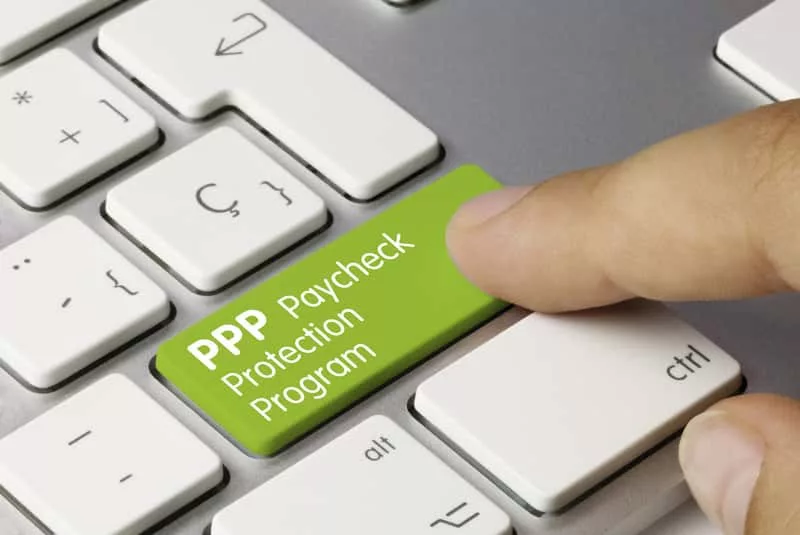New research shared recently indicates that the majority of those in the small business community who have obtained Paycheck Protection Program loan dollars are expecting them to be forgiven.
The data was shared recently by CNBC after obtaining the results from the NFIB Research Center. They had released a survey on the status of the small business loan programs, showing that among NFIB members, 80-percent had applied for a Paycheck Protection Program (PPP) loan and almost 90-percent have received the money. Most of the loans were deposited between mid-April and mid-May.
Reporting on the survey, CNBC says, “While government aid initiatives like the Paycheck Protection Program have helped small businesses, frustrations are mounting on Main Street due to a lack of guidance from the Small Business Administration on loan forgiveness and how to use the funds appropriately to avoid being on the hook for repayment, a new survey shows.”
Holly Wade, NFIB Director of Research & Policy Analysis, says, “Small businesses continue to face many challenges in operating their business in these difficult times,” and adds, “Congress and the Administration have the authority to further lighten the burden for many of their immediate concerns, especially in offering more flexibility for PPP loans.”
Key findings from the survey include:
The majority of small businesses expect their expenses to be forgiven.
- Over half (54-percent) of owners with a PPP loan are expecting all of their expenses to be forgiven.
- Twenty-seven percent of borrowers expect at least 75-percent or more of loan expenses to be forgiven.
- Very few PPP borrowers are interested in using the funds as a low interest, two-year loan.
Complying with the PPP loan and loan forgiveness terms and conditions is challenging for small businesses.
- Twelve percent of borrowers report that spending the PPP loan within an 8-week forgiveness period is very difficult and 34-percent find the requirement somewhat difficult.
- Almost one-in-five borrowers find the forgiveness requirement that the borrower’s employee headcount match the pre-crisis employee headcount very difficult to reach since many businesses have already laid-off workers due to slower sales or suspended business activity.
- Another 28-percent find it somewhat difficult to maintain or return to their pre-crisis workforce level.
- The 75-percent payroll rule is difficult for 38-percent of small business borrowers to manage as 14-percent find it very difficult and 24-percent find it somewhat difficult
Owners have questions about how to spend the funds.
- Nearly three-fourths of small business borrowers find the terms and conditions of the PPP loan difficult to understand with 22-percent finding them very difficult.
Additional financial support over the next 12 months may be needed for many small business owners.
- Almost one-quarter of those who have taken out one or both loans anticipate that they will need additional support and another 54-percent do not know yet. Only 20-percent of borrowers do not anticipate needing additional support.
Some small business owners find themselves competing with the unemployment benefits offered through the CARES Act.
- Eighteen percent of small business owners have had an employee decline a job offer because they wanted to stay on UI.
- Another 6-percent of owners have increased salaries to encourage a worker to come back to their job.
- Five percent of small business owners said that an employee has remained in their job because they also received supplemental UI benefits with reduced hours.
The full survey is available at this link: Covid-19-6-SurveyResults






